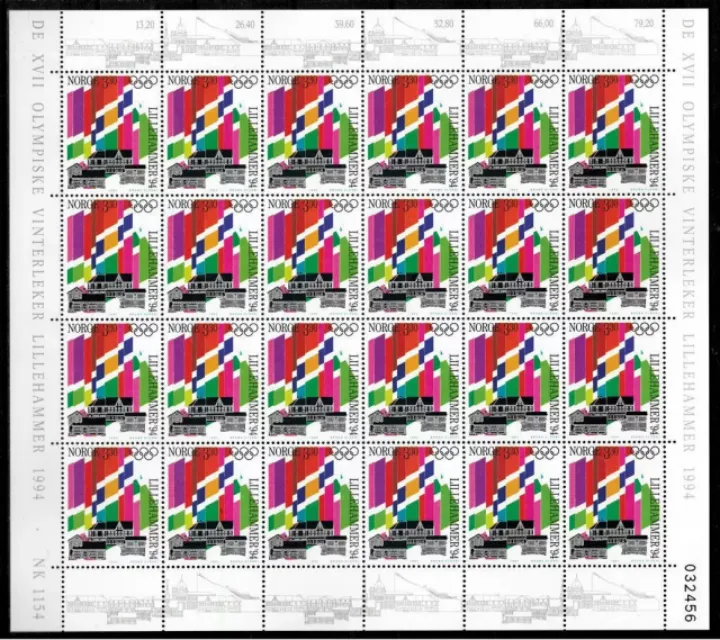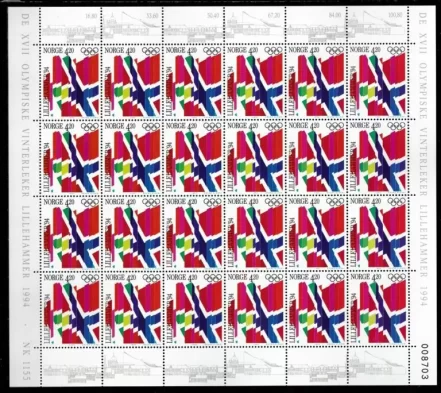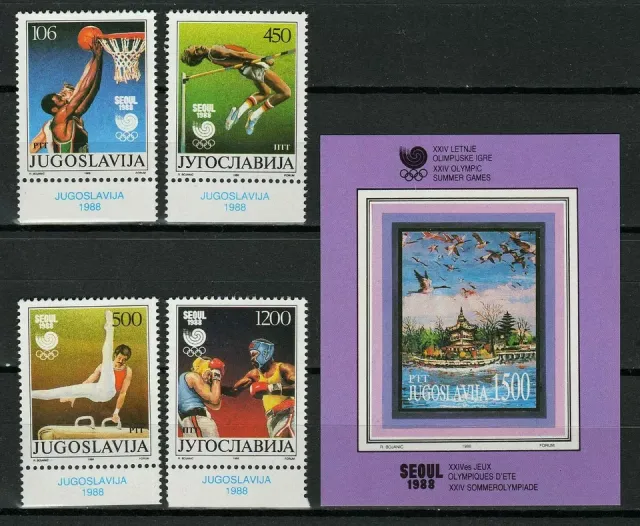The 1994 Winter Olympic Games were held in Lillehammer, Norway, from February 12 to February 27, 1994. Lillehammer is a picturesque town located about 180 kilometers (112 miles) north of Oslo, the capital of Norway. These Winter Olympics marked the second time Norway hosted the Olympic Games, following the 1952 Summer Olympics in Oslo.
Lillehammer and its surrounding areas provided the backdrop for various Olympic events. The Lysgårdsbakkene Ski Jumping Arena, located in Lillehammer, hosted ski jumping events, while the Håkons Hall served as the main arena for ice hockey and figure skating competitions. Other venues included the Birkebeineren Ski Stadium for cross-country skiing and the Gjøvik Olympic Cavern Hall for ice hockey.
Lillehammer and its surrounding areas provided the backdrop for various Olympic events. The Lysgårdsbakkene Ski Jumping Arena, located in Lillehammer, hosted ski jumping events, while the Håkons Hall served as the main arena for ice hockey and figure skating competitions. Other venues included the Birkebeineren Ski Stadium for cross-country skiing and the Gjøvik Olympic Cavern Hall for ice hockey.
The Lillehammer Olympics emphasized Norwegian culture and environmental sustainability. The opening ceremony showcased Norwegian folklore and traditions, including a Viking ship procession on the frozen lake of Lake Mjøsa. Additionally, the Games aimed to minimize their environmental impact by implementing eco-friendly practices, such as using renewable energy sources and promoting waste reduction.













